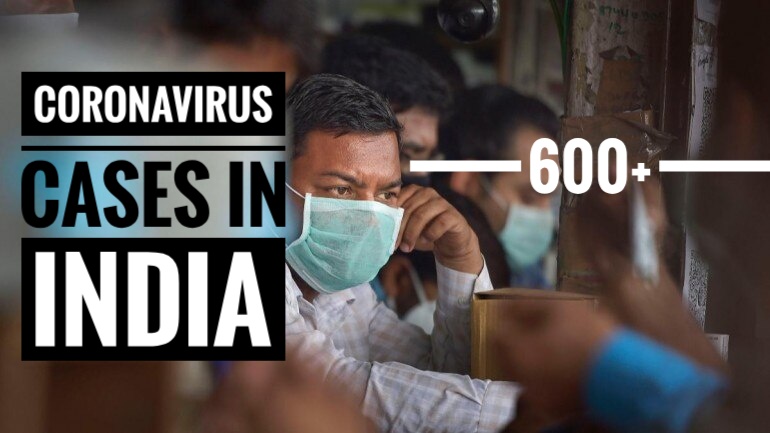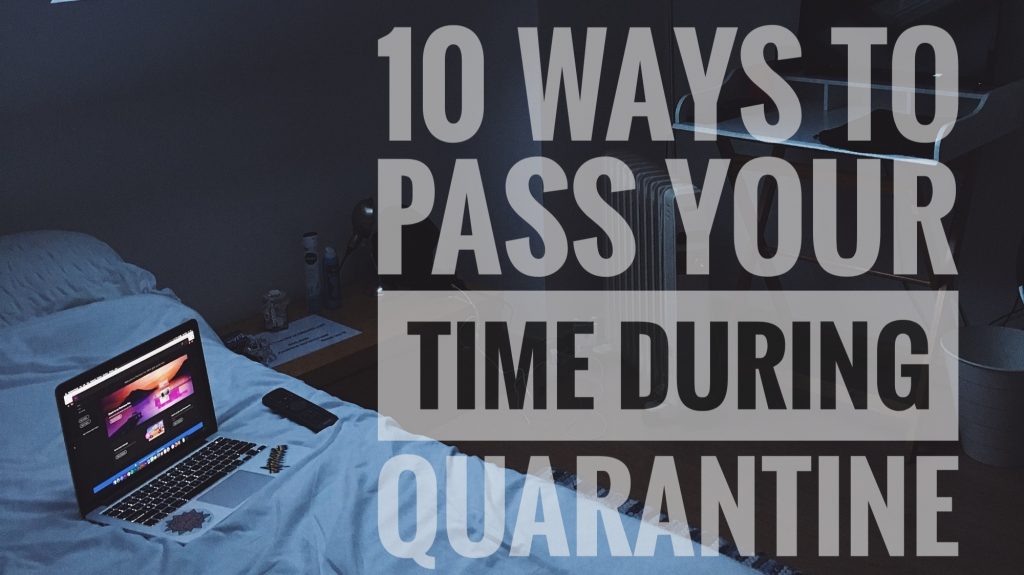Border incidents between India and China are at the highest rate since 2015 but have intensified in the last days. Talks between India and China military to end the tensions about the disputed border has resulted in deadlock as the fragile peace shows signs of breaking down.
The two sides had discussions on Tuesday regarding the lowering the temperature between the nuclear-armed neighbours, however, neither army was willing to compromise which intensified the tension. The armies are at high alert at two locations along the Line of Actual Control (LAC). Additional troops have been sent to the borders from both sides. They are facing each other at the Galway River, which was one of the early triggers of the 1962 India-China war, and at Pangong Tso —a glacial lake at 14,000 feet within the Tibetan plateau, portions of which are claimed by both.
The inconclusive talks came and tension rose as the US issued statements on China regarding the border tensions with India. The statement triggered China and the spokesperson Zhao Lijian in a regular briefing on 13 May said, “We urge the Indian side to work with China, refrain from taking any complicating moves so on create enabling conditions for the event of our bilateral relations and peace and stability in border areas.”

According to the data from the Indian Officials, the activities on the India-China border have unusually increased since 2018. The Indian officials say China is objecting to a road it’s building at the Pangong Tso that connects to disputed border. On May 5 and 6, troops clashed on the banks of the lake, leaving many soldiers on each side injured. On May 9, several soldiers were injured when the 2 armies clashed near a three-way junction between Bhutan, China and India, on the brink of the location of the Doklam standoff.
The rise in tensions followed an informal summit between the Indian PM Narendra Modi and Chinese President Xi Jinping in Wuhan. At the meeting both the leaders agreed to the strategic guidance to their respective armies. That included less aggressive patrols on the border, informing the opposite side of incoming patrols and more contact between local military commanders to scale back friction. The Chief of Defence Staff, Bipin Rawat said that the strategic guidance was working but the hotline connecting the world top leaders would help reduce tension on borders. “I think the hot-line between the 2 armies is required,” Rawat said. Even though the 2 countries are in-tuned through diplomatic channels, he added: “we would really like a military level communication also .”

